24 Hour Emergency
Open 24/7 for convenience, quick and easy access
Call us
+998 90 317-36-825/1 Building, 1 District, Chilanzar District
Tashkent, UzbekistanMon-Fri: 09:00-18:00: Sat: 09:00-15:00.
info@gmed.uz



Open 24/7 for convenience, quick and easy access
Qualified and certified doctors for quality healthcare
Cost effective, comprehensive and clinical laboratory services
